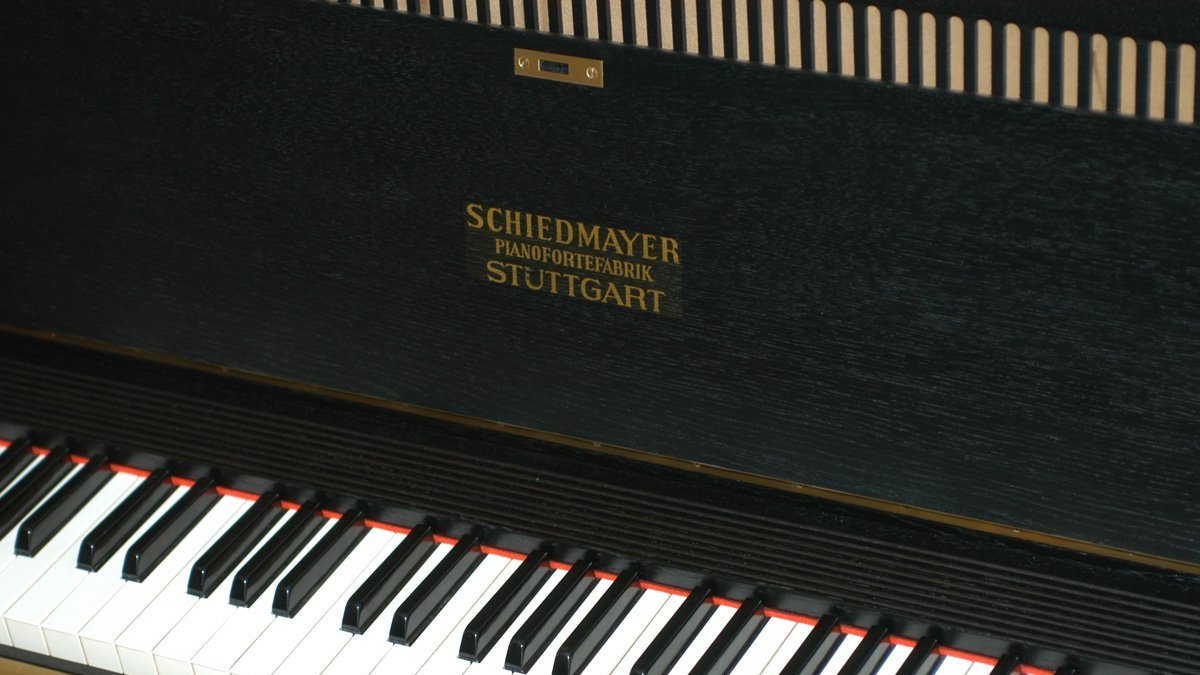How to Clean Your Piano
Introduction
A piano is not just a musical instrument, but a valuable heirloom that adds elegance to your home. Like any other object, pianos tend to accumulate dust, fingerprints, and other dirt that can affect their appearance and functionality over time. Below, we will discuss some steps that you may take to clean your piano easily and effectively, maintaining your piano’s beauty and ensuring its longevity!
Choosing the Right Cleaning Materials
Before starting the cleaning process, it is important to ensure that you have the right cleaning materials. A soft microfiber cloth, water, or a mild cleaning solution made from a gentle soap and water, or one specifically designed for pianos (we recommend Cory’s piano cleaner), will be essential to clean your piano. Avoid using harsh chemicals and rough cloth as they can damage the piano's surface.
Cleaning Piano Keys
As the most contacted piano surface, piano keys are prone to dirt and fingerprints and therefore require special attention during the cleaning process. To clean the keys, dampen a soft microfiber cloth with hydrogen peroxide, your cleaning solution, and gently rub the top and front of each key. Avoid using excessive pressure as it can damage the keys and be sure not to let liquids slip between the keys. After cleaning each key, use a dry microfiber cloth to remove excess moisture.
Cleaning the Piano Cabinet
The piano cabinet spans a large surface and easily accumulates dust, requiring regular cleanings. Before cleaning your piano, one should recognize the finish that their piano has: pianos with a satin finish should only be dusted in the direction of its grain, while glossy pianos without a grain can be dusted in a circular motion. In the case of satin pianos, dusting in the opposite direction may result in scratches. One may begin cleaning the cabinet by gently dusting the piano using only the weight of the microfiber cloth to remove any loose dirt or dust. Next, use a damp cloth to clean the cabinet's surface, working in small sections. Avoid using too much water or liquid as it can damage the piano's finish. Once you have cleaned a surface, use a dry microfiber cloth to remove excess moisture.
Cleaning the Soundboard, Plate, and Pedals
Cleaning the inside of your piano and pedals is paramount to regulating its performance, however, should only be left to certified piano technicians.
Conclusion
Through these steps, cleaning and maintaining your piano can be done easily and effectively! Just remember to choose the right cleaning materials, be gentle when cleaning both the piano cabinet and keys, and never leave liquids left on the surface. If you are unsure of any scuffs or marks on your piano, please contact a professional piano technician for repair or restoration..

